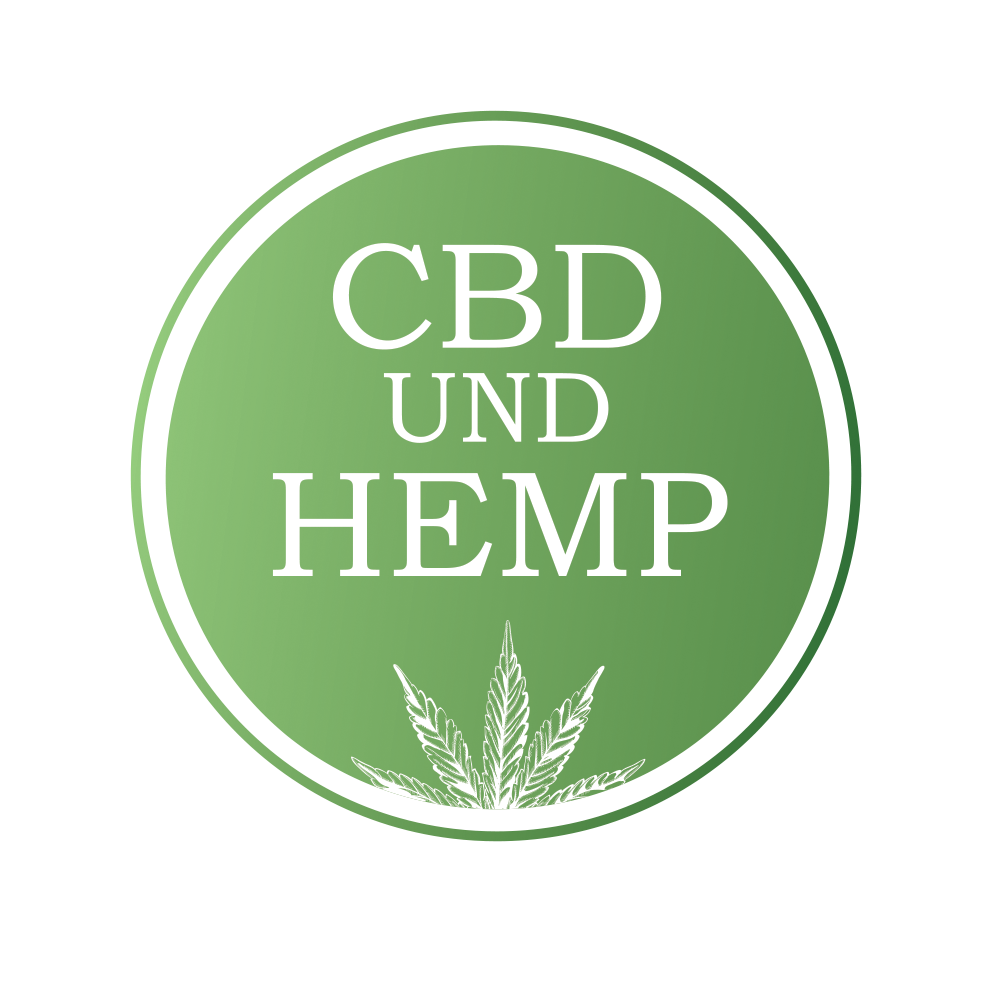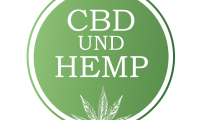
We have compiled a description of the most common concepts related to CBD. Always use it if you have questions. Learn more now!
CBD basic concepts
2 AG:
- 2-arachidonoylglycerol (2AG) is the most abundant of the two major endocannabinoids in the body. It binds to both CB1 and CB2 receptors
Anandamid:
- The first cannabinoid discovered. It binds to both CB1 and CB2 receptors.
Antioxidant:
- help protect our cells against potentially harmful molecules known as free radicals. It is found in many vegetables and fruits
Apoptosis:
- also known as cell death. Genetically programmed cell death at the end of the natural and regulated function of cell development
Bioavailability:
- the rate at which a chemical substance or agent or component enters the cell stream and is then utilized is called bioavailability. This ratio is the so-called. bioavailability ratio.
Cannabis Sativa:
- A comforting plant native to East Asia. Depending on the THC content, it is called marijuana or hemp. Plants with high THC content are also a raw material for pharmaceutical cannabis drugs.
CBD Capsule / CBD soft capsule
- means a product of CBD oil for oral use enclosed in a capsule. It is popular with those who do not like the bitter, characteristic taste of CBD oil.
CBD foods
- includes foods that contain all CBDs: gums, candies, chocolates, tea, coffee
CBD e-liquid
- CBD-containing liquid that can be filled into an e-cigarette or vaporizer. There are also flavored types of this. It usually also contains propylene glycol and vegetable glycerin
CBD cone
- CBD extract mixed in coconut oil and poured into a cone shape
CBD oil
- CBD-rich hemp extract. It is mixed into a carrier oil such as hemp seed oil or MCT oil
CBD tincture
- One method of extracting CBD is by soaking the flowers of the plant in alcohol. The tinctures taste bitter, sometimes with a strong alcohol scent
CBD vaporizing fluid:
- in contrast to e-liquid, we mean a liquid containing CBD isolated here. There are no vegetable glycerins
CBD vaporizing pen
- device for cbd vaporizing fluid. The liquid must be poured into it, steam is generated by heating and is sucked in by the user. Its advantage is that the blood vessels in the lungs absorb and transmit CBD very quickly. Smoking can be a good alternative.
Cytochrome P450 enzyme
- indicates the group of cytochrome P450 enzymes responsible for metabolism. this group of enzymes is also responsible for the conduct of CBD metabolic processes. It is mostly associated with the liver.
Decarboxylation
- the process of slowly heating the unprocessed CBD extract. It aims to transform the CBDA into a CBD
Certificate of analysis - laboratory analysis
- an essential accessory for any CBD product. This document serves to certify that the product has undergone an independent, detailed inspection
Endocannabinoids
- lipids produced by the body that activate receptors in the brain's central nervous system, immune system and various organs and modify their biological activity
Endocannabinoid deficiency
- optimal levels of the presence and signaling of endocannabinoids. Deviation from the optimal can contribute to the development of conditions such as fibromyalgia, IBS, Crohn's migraine, or hypersensitivity to excessive and severe pain.
Endocannabinoid system:
- see the description here! https://www.cbdundhemp.com/what-is-the-endocannabinoid-system-how-does-the-endocannabionide-system-work
Epidiolex
- A cannabis-based medicine authorized in Europe for people with unresponsive epilepsy. It is prescription and should only be taken under medical supervision
Flavonoids
- strong antioxidants. They are found in almost all vegetables and fruits and are mainly responsible for their color. There are other colors among hemp plants other than green. In these, the levels of flavonoids are much higher than normal.
Homeostasis:
- the body's ability to balance, a self-regulating process in which biological systems maintain balance while adapting to optimal conditions for survival
Isolated CBD / Isolatum
- pure crystalline CBD. It contains nothing else as other cannabinoids and terpenes have already been extracted from them. Available in paste and crystal form.
Cannabinoid:
- a group of ingredients found in the cannabis plant. 114 different cannabinoids are known, yet the two best known are THC and CBD
Cannabidiol (CBD)
- it is the most abundant cannabinoid in hemp. Non-psychoactive, such as THC, is known to be non-toxic and has strong anti-inflammatory and anti-anxiety effects.
Cannabidiol acid (CBDA)
- CBDA is an acidic precursor of CBD. It is found in abundance in the hemp plant. Upon heat, this acid is converted to CBD.
Hemp seed oil:
- vegetable oil rich in essential fatty acids made from hemp seed (THC-free cannabis sativa). There is no CBD in it. It is often used as a carrier oil, but is also excellent for edible purposes
Cortisol:
- a hormone produced by the adrenal gland. Causes increased levels six obesity, high blood pressure, sleep disturbances, mood swings, lower energy levels and can also cause diabetes.
Lipophilic:
- substances that are soluble in fat / oil and not in water
Marijuana:
- a general term used for Cannabis Sativa plants with a high THC content (greater than 0.2%). We use the word for both recreational and medical use, and its legalization is on the rise, both in the U.S. and in Europe.
Neuroprotection:
- preservation of brain cells and functions in cerebral infarction (stroke) or neurodegenerative disease
Raw hemp extract:
- hemp extract which has not yet undergone any decarboxylation process, including crude cannabinoids such as CBDA
Preclinical studies:
- these tests are performed on cell cultures or animals to test an agent or active substance. Their success may depend on entering the clinical trial phase (currently a large proportion of CBD-related trials are preclinical trials).
Receptor:
- closed by the cell membrane. They stimulate the action of hormones and neurotransmitters, which cause a change within the cell
Savitex:
- SM - Multiple Sclerosis, - an authorized cannabis-based drug for patients that contains approximately 1: 1 THC and CBD
Serotonin
- a transmitter produced in the brain and viscera that is responsible for the level of well-being and happiness
Serotonin 5-HT1A
- a sub-receptor for serotonin, to which CBD and various antidepressant drugs bind
Broadband CBD (Board)
- contains all important terpenes and flavonoids in addition to CBD, THC is completely extracted from it
Full spectrum CBD
- CBD, cannabinoids, terpenes and flavonoids in hemp together with THC.
Terpenes:
- the natural ingredients responsible for the unique aroma of plants and flowers are called terpenes. Certain terpenes can also cause physiological changes, such as pain relief or relaxation.
Trit:
- a continuous increase in the dose of an agent in order to achieve the best possible effect with the lowest possible intake
Vaporization:
- production of inhalable vapors into the lungs by e-cigarette or vaporizer. Vaporization of CBD provides the best bioavailability.
Water soluble CBD:
- to produce water-soluble CBD, the material is broken down into nanosized particles, which will make it easier to dissolve in water
Fatty acid amide hydrolase (FAAH)
- this enzyme breaks down anandamide. The CBD is an FAAH inhibitor!




















